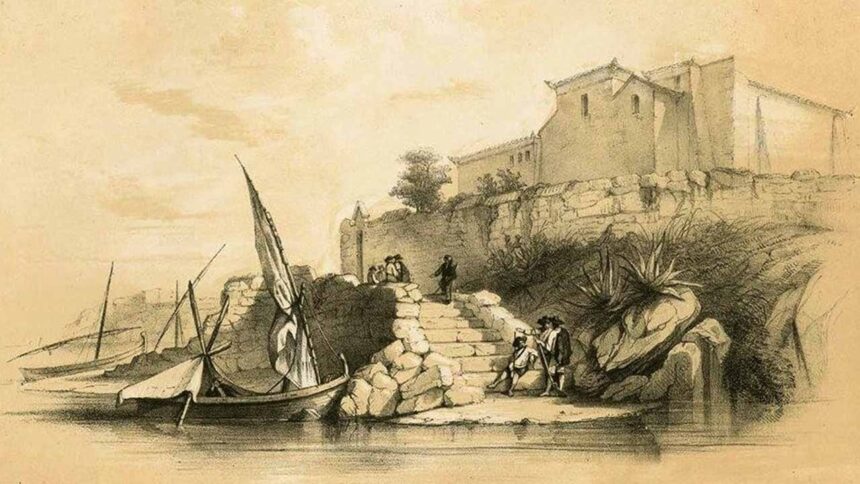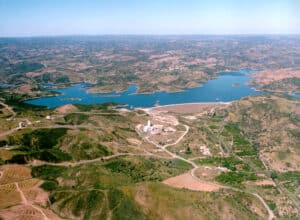A new book, Convento de Nossa Senhora da Esperança de Portimão: From Documentary Chronology to Biographical and Architectural Context, will be launched on April 20.
The medievalist Miguel Côrte-Real, the architect Rita Cerático Pereira and the researcher Nuno Campos Inácio joined forces and skills to produce an unprecedented monographic essay on the Convent of Nossa Senhora da Esperança in Portimão. The book about the convent, popularly known as the Convent of São Francisco due to its affiliation with the Franciscan Order of the Capuchos, will be presented on April 20 at 16h00 at the Church of the College of Portimão (in Alameda). The Grupo Coral Adágio will perform Renaissance music to set the scene for the launch.
The book “Convento de Nossa Senhora da Esperança de Portimão: From the Documentary Chronology to the Biographical and Architectural Context” contains approximately 300 pages. The high-quality graphic production highlights the architectural elevations of the building and features dozens of images related to the convent, its founder, and the community it housed. The work also includes a special section about the convent’s tiles by Maísa Trindade.
The book launch marks 500 years since the oldest documented reference to the Church of Nossa Senhora da Esperança, the origin of the convent (1524). The convent was officially established around that temple in 1530 through a donation made by Simão Correia.

On the brink of commemorating five centuries of construction and over a century of neglect and decay, Miguel Côrte-Real, Rita Cerático Pereira, and Nuno Campos Inácio collaborated to reveal the untold story of the founder, the structure, and the Franciscan community of the Convent of Our Lady of Hope in Portimão.
Through medievalist Miguel Côrte-Real’s prose, the ethereal image of the convent’s founder, Simão Correia, acquires the contours of reality in an unprecedented family and genealogical biography and contextualization. The writing reveals the life and work of the famous Azamor Captain, who had connections to notable families from the Barlavento (Algarve) and presents documents that greatly enrich the history of the convent, Portimão, the Algarve and the Franciscan Order.
Architect Rita Cerático Pereira, awarded an honourable mention by the National Prize for Architecture, Urbanism and Landscape Architecture, conducted a remarkable survey of the Convent and its surroundings. In this book, she fully demonstrates that the deterioration of this heritage can be reversed, showing how an abandoned and ruined space can contribute to a new urban and cultural focal point between Portimão’s riverside area and Praia da Rocha.
Researcher Nuno Campos Inácio presents a list of unpublished documents about the community, including a list of the friars who lived in the convent, the forums and heritage of this Franciscan community, the list of individuals buried in the convent, and the list of books that made up their library.
As Portimão celebrates its centenary as a city, the authors maintain the hope that this work contributes to the appreciation, safeguarding and recovery of the only notable 16th-century building that survives in the city.
The book’s publisher, Arandis Editora, launched an early-bird campaign at a promotional price (€25 instead of €30), available online here.


























